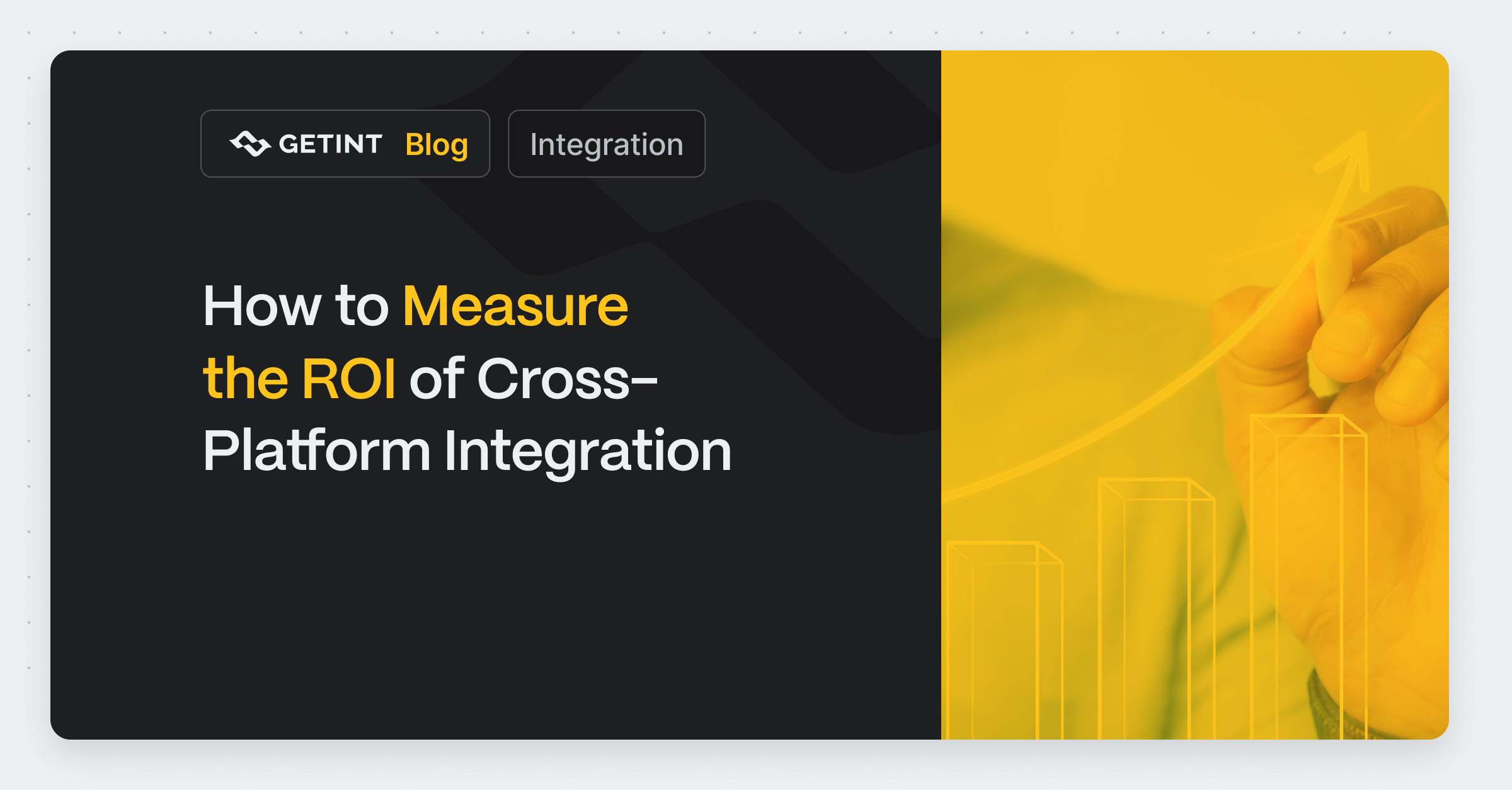
How to Measure the ROI of Cross-Platform Integration
ROI isn’t just a number you calculate once, put in a presentation, and forget about. In the world of cross-platform integrations, ROI is an ongoing process.
Integration
December 11, 2024

Data synchronization is the process of ensuring consistency and accuracy across multiple systems, databases, or devices by automatically updating information in real-time or at scheduled intervals. Data synchronization ensures data quality by maintaining consistency and accuracy across systems, which is crucial to avoid errors and inefficiencies. In today’s interconnected business landscape, where organizations rely on a multitude of tools and platforms, effective data synchronization is critical for seamless operations and informed decision-making.
Data synchronization is the process of ensuring that data is consistent and up-to-date across multiple devices, systems, or applications. It involves synchronizing data between different sources to maintain data accuracy, reliability, and compliance. Data synchronization is an ongoing process that ensures that data is updated in real-time or near-real-time, reducing data discrepancies and errors.
Modern organizations often use several tools to manage their workflows—CRM systems like Salesforce, project management platforms like Jira, or customer support software like Zendesk. When data exists in silos across these platforms, it can lead to inefficiencies, miscommunication, and costly errors. Data synchronization helps eliminate these data silos by providing a cohesive view of information across departments, thereby improving efficiency and reducing errors.
For instance:
Data synchronization relies on integration tools or middleware that act as a bridge between systems. These tools extract, transform, and load (ETL) data, ensuring it matches the structure and requirements of each platform. A crucial aspect of this process is maintaining data consistency by validating and transforming data during synchronization, which helps preserve the integrity and coherence of data across various systems.
Key components of data synchronization include:
Different types of data sync methods ensure accurate records across systems. These methods facilitate seamless data flow and consistency in business operations, which is crucial for maintaining identical records across multiple systems.
There are several data synchronization methods, including:
Data integration and synchronization are related but distinct concepts. Data integration involves combining data from multiple sources into a single destination, while data synchronization ensures that data is consistent and up-to-date across multiple devices, systems, or applications.
Businesses can leverage various data synchronization solutions and data synchronization tools to enable effective data synchronization. Getint, for example, specializes in seamless integrations between systems like Jira, ServiceNow, GitLab, and others. Our platform allows organizations to automate synchronization processes, ensuring consistent data flow without the technical headache.
Native integrations involve directly integrating two applications through application programming interfaces (APIs). This method automates certain workflows and is often used for data pushes. However, native integrations can be limited in their functionality and may not provide true data synchronization.
iPaaS providers offer a range of automated tools that can help connect different software and synchronize data. iPaaS tools can provide options for data synchronization, data integration, and data replication, making it easier to manage data across multiple systems and applications.
When using a solution like Getint, companies can enjoy:

While the benefits are significant, data synchronization can present challenges, such as:
With Getint, these challenges become manageable. Our platform is designed to handle complex workflows, minimize conflicts, and provide robust, real-time synchronization capabilities.
Data synchronization is not just a technical convenience; it’s a strategic necessity for businesses aiming to stay competitive in a digital-first world. By ensuring that data flows seamlessly across systems, organizations can improve efficiency, enhance collaboration, and make data-driven decisions with confidence.
Ready to streamline your data synchronization process? Explore how Getint can help your business achieve seamless integrations. Contact us today for a consultation!
BLOG
Discover the power of seamless connections, bridging your favorite tools for optimized workflow and productivity. Unleash the potential of unified platforms with Getint.